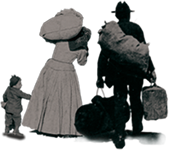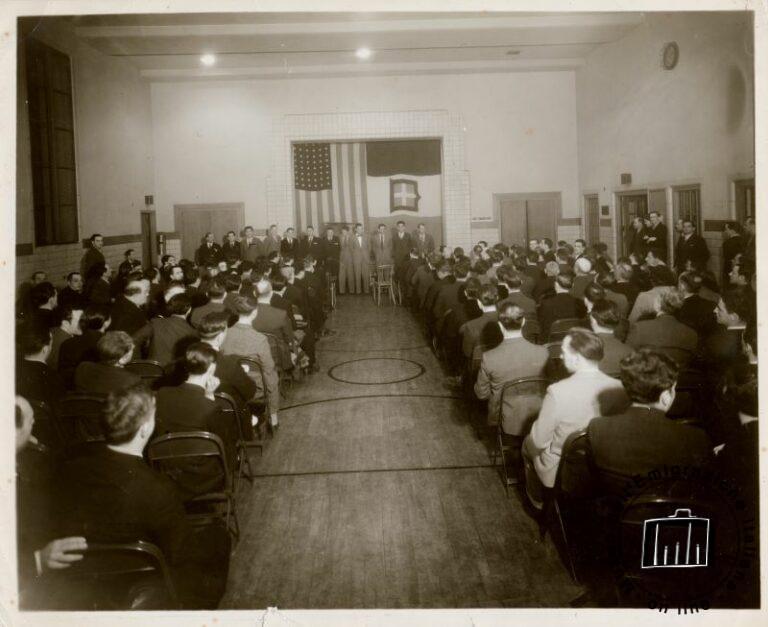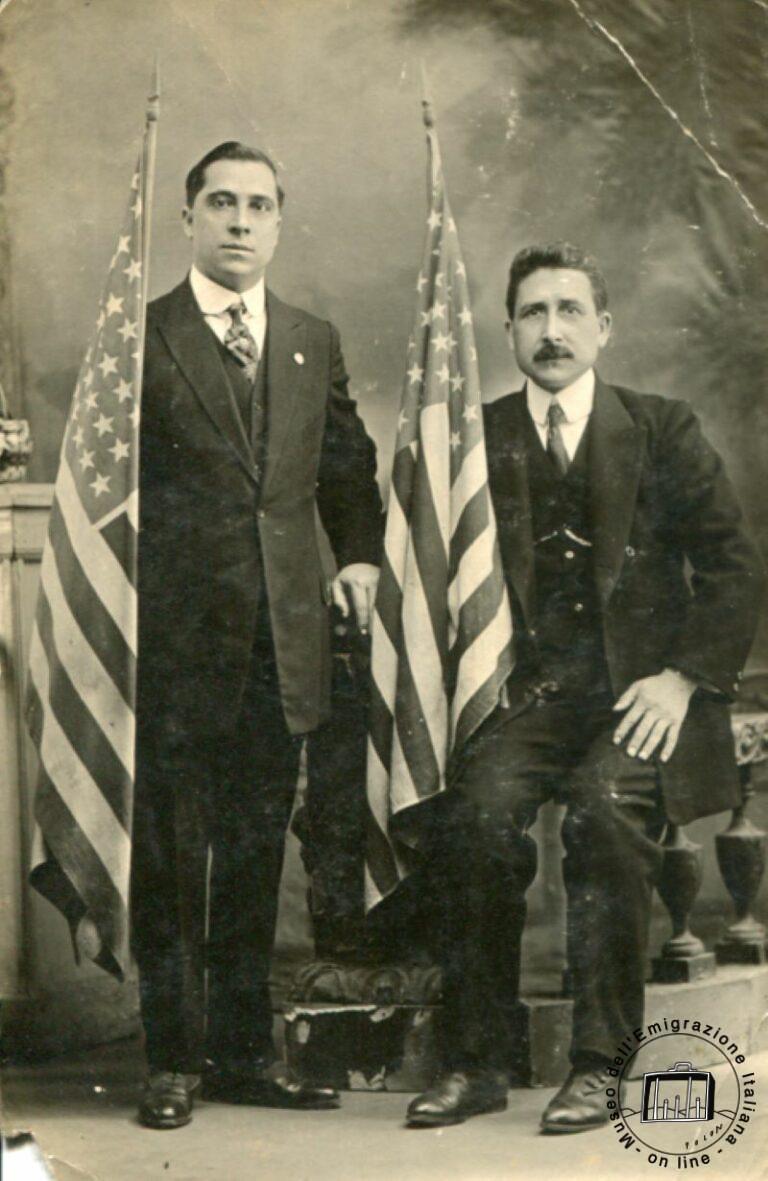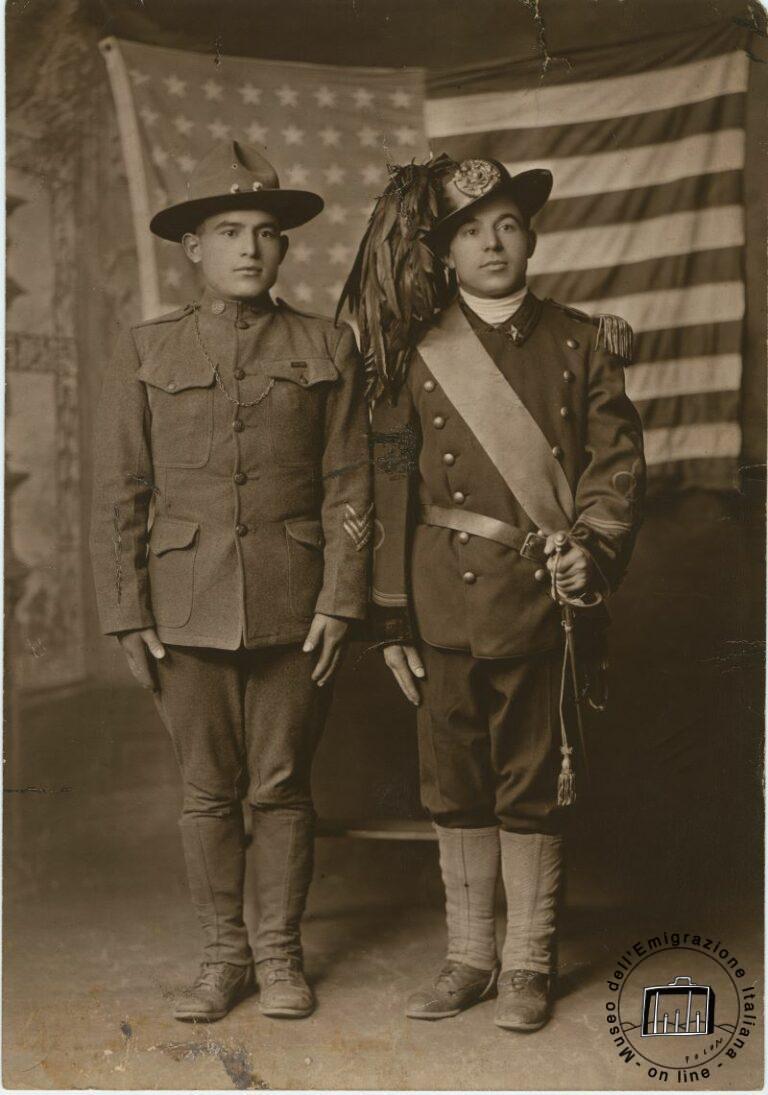Early emigrants well fit the definition coined by Oscar Handlin of "uprooted": in most cases they, while coping with the diversity that surrounded them, defended themselves from it by refusing to learn the language of the host country, beyond the bare minimum, and maintaining the customs and habits of their country of origin as long as possible.
The second generation, often born in the new country, struggled indecisively with the choice between the "before" and the "after," between a past that at least could offer some certain points of reference and a future that was perhaps attractive but still had imprecise connotations on which epochal events (think of World War II and those who, secure in the knowledge that they were now part of a new and stable reality, found themselves in their various adopted countries to be considered "enemies").
The third and fourth generations turn out to be well embedded in the society in which they operate and emerge in a wide variety of fields: from research to entrepreneurship, from politics to the arts, from finance to film.
As the generations integrate, they begin to feel the need to rediscover their roots and try to reclaim them because without memory there is no identity, and identity must be like a "push engine" that brings together purely ethnic aspects (religion, festivals, eating habits) and new lifestyles (work, family, friendships).
It is not an easy, linear path; rather, it is characterized by tortuosity, regressions, and conspicuous interruptions in the process of processing the "old" and acquiring the "new."
As an extreme summary of this process anyone who has gone through it might ask the question "where my home?" which is the title of a collection of poems by Gregory Corso, an important exponent of the Beat Generation, from Calabria, as he called himself.
The video Language: testimonies of Italian emigrants on their experience with foreign languages is a summary of a number of interviews conducted in Italy between 2006 and 2008, a valuable testimony of those who, having left Italy, find themselves in difficulty in the country of arrival and, at the same time, are custodians of our language as it was acquired in childhood.
For that feature, the video is also featured on Multi - Multimedia Museum of the Italian Language, under How the Italian language spread around the world - Emigration.
[Multi], is the first virtual museum dedicated to the story of Italian and its history. An engaging multimedia journey, with ultra-high-resolution visual exhibits, animations, and interactive games, born from the collaboration between the Universities of Pavia, Naples L'Orientale, and Tuscia.






